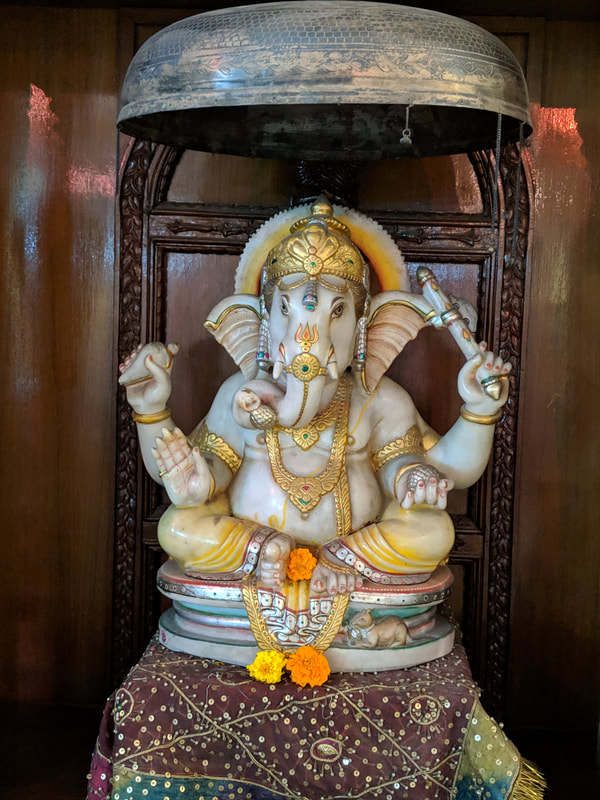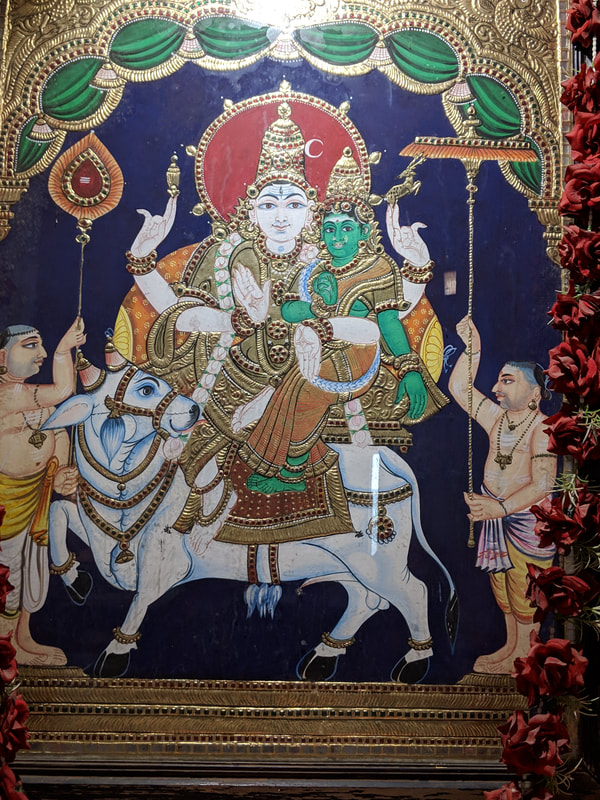|
Emergence of various forms Deities in Hinduism
Hinduism recognizes the diverse aspects of personalities and personal preferences. Worshipping or prayer of god has its root in human desires. Various deities in Hinduism address the different aspects of human desires. For instance, Lakshmi ji is worshipped for wealth & prosperity, Sarasvati ji is worshipped for knowledge & various discipline of art, Durga ji is worshipped for power & valor, Ganesha ji is worshipped mainly to overcome obstacles, Hanuman ji is worshipped mainly for strength, Shiva represents austerity and so on. Hence, the Hinduism offers more than one options for worshipping and creating personal bond. This can be seen in parallel with the growth of general management system to specialized management system in corporate world for better results. Since Vedic times, many forms of this divinity have been idolized such as deities of nature (Indra, Agni, Soma, Surya etc.); 33 koti deities (eight Vasus, eleven Rudras, twelve Adityas, Indra and Prajapathi Brahma); Trimurti (Brahma, Vishnu & Shiva), Panchparmeshvar (Shiva, Vishnu, Devi or Parvati, Surya and an Ishta Devata) and Vaishnava Avtars (mainly Rama & Krishna). However, Hinduism fundamentally, establishes that there is only Brahman or one all-pervasive God or cosmic consciousness which energizes the entire universe and also deities. Emergence of various forms of deities is discussed as below: Vedic Deities:
33 Koti Deities In Brihadaranyaka Upanishad, it is mentioned that 33 koti deities as the important ones, namely eight Vasus, eleven Rudras, twelve Adityas, Indra and Prajapathi Brahma. These gods belong to different sphere in creation. Note: Please also see related article on my website named as “what is God in Hinduism” published on 19.06.2018 under the category “Principles”. Trimurti or Trinity Deities The triad (trimurti or trinity or Brahma, Vishnu & Shiva) appears in Maitrayaniya Upanishad, for the first time. From the 1st century CE a new type of worship known as Bhakti or devotional Hinduism spread across the Indian sub-continent, and the old Vedic gods were replaced in importance by deities like Shiva, Vishnu, Brahma, and Devi. Their worship required temples where the devoted could offer their thanks which led to construction of elaborate temples. Supreme Brahman:
Panch-Parmeshwar
Please also see related articles on my website named as “Vaishnava Bhakts” published on 02.03.2018 under the category “Deities, Philosophers and Bhakts” and “Bhakti Yoga” published on 07.03.2018 under the category “Philosophy”. One Supreme God taking multiple forms in Deities
Hence, Nirakar & Nirgun Brahman takes various forms of deities to satiate the needs & desires of human being.
0 Comments
|
Archives
May 2024
Categories |


 RSS Feed
RSS Feed